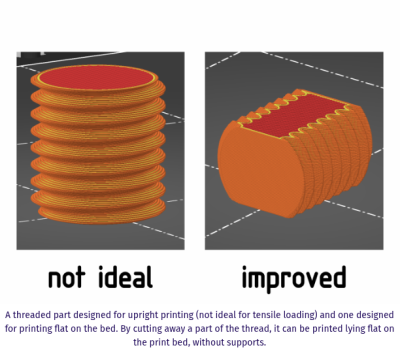The Thinkpad line of laptops, originally from IBM, and then from Lenovo, have long been the choice of many in our community. They offer a level of robustness and reliability missing in many cheaper machines. You may not be surprised to find that this article is being written on one. With such a following, it’s not surprising that a significant effort has gone into upgrading older models. For example, we have [Franck Deng]’s new motherboard for the Thinkpad X200 and X201. These models from the end of the 2000s shipped as far as we can remember with Core 2 Duo processors, so we can imagine they would be starting to feel their age.
It’s fair to say the new board isn’t a cheap option, but it does come with a new Core Ultra 7 CPU, DDR5 memory, M.2 interfaces for SSDs alongside the original 2.5″ device, and USB-C with Thunderbolt support. There are a range of screen upgrade options. For an even more hefty price, you can buy a completely rebuilt laptop featuring the new board. We’re impressed with the work, but we have to wonder how it would stack up against a newer Thinkpad for the price.
If you’re curious to see more of the same, this isn’t the first such upgrade we’ve seen.
Thanks [Max] for the tip.



















